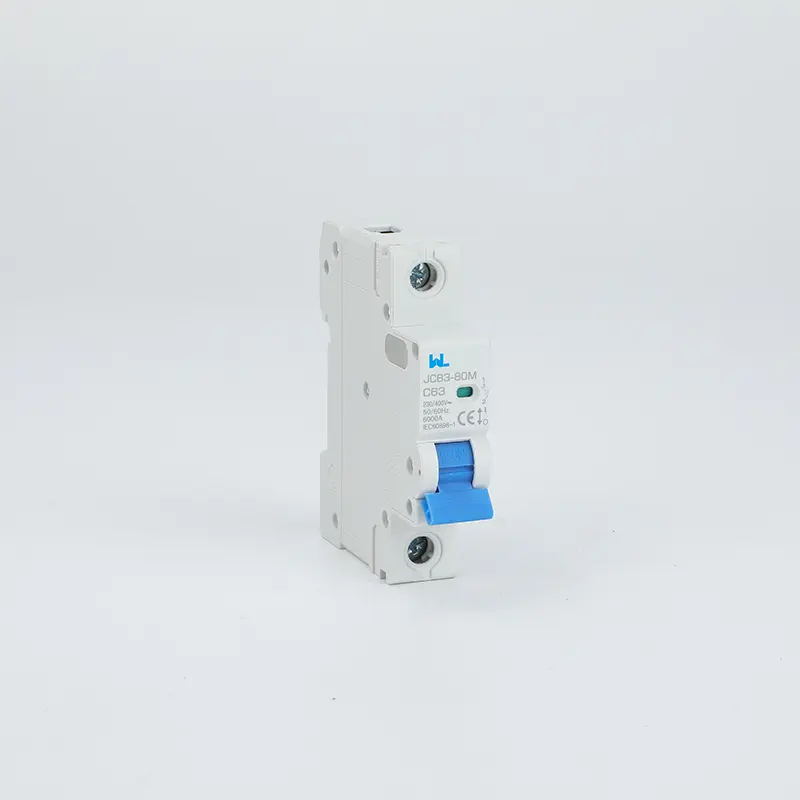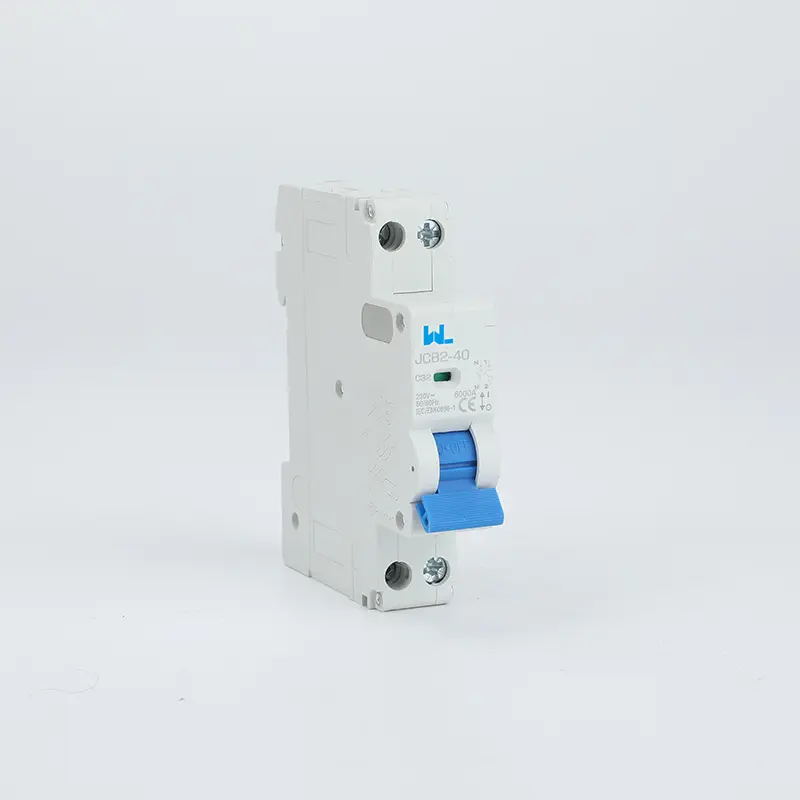MCB (Miniature Circuit Breaker): Enhancing Electrical Safety with an Essential Component
In today’s technologically advanced world, securing circuits is of paramount importance. This is where miniature circuit breakers (MCBs) come into play. With their compact size and wide range of current ratings, MCBs have changed the way we protect circuits. In this blog, we’ll take a deeper look at the features and benefits of MCBs, highlighting why they are important electrical components for residential and commercial applications.
Evolution of circuit breakers:
Before the advent of MCBs, conventional fuses were commonly used to protect circuits. While fuses provide a level of protection, they also have some limitations. For example, once a fuse “blows” due to a fault or overcurrent, it needs to be replaced with a new one. This can be a time-consuming task, especially in a business environment where downtime can lead to financial loss. MCBs, on the other hand, are resettable devices that offer significant advantages over fuses.
Compact size:
One of the distinguishing features of the MCB is its compact size. Unlike the bulky circuit breakers of the past, MCBs take up minimal space in electrical panels. This compactness allows efficient use of space, making it ideal for retrofitting existing electrical systems and new installations. Their miniature size also helps simplify maintenance and ensures easy replacement, reducing downtime.
Wide range of rated currents:
MCBs are available in a variety of current ratings to suit a variety of applications. Whether it is a residential or commercial building, MCBs provide flexibility by offering a variety of options to meet specific electrical load requirements. This versatility ensures optimal circuit protection against potential damage to electrical equipment due to overloads or short circuits.
Optimized protection:
As mentioned earlier, the MCB provides overload and short circuit protection. An advantageous feature of MCBs is their ability to quickly detect and respond to such electrical faults. In the event of an overload or short circuit, the miniature circuit breaker trips almost instantly, cutting off power and protecting downstream equipment. This quick response not only prevents damage to electrical equipment, but also minimizes the risk of fire and electrical accidents.
Enhanced security:
When it comes to electrical systems, safety is a top priority. MCBs increase safety by integrating additional features such as built-in arc fault detection and ground fault protection. These features ensure early detection of arc faults and ground faults, further reducing the risk of electrical accidents. With an MCB, you can rest easy knowing your circuits are well protected.
in conclusion:
The advent of the miniature circuit breaker (MCB) has revolutionized the way we protect electrical circuits. Their compact size, wide range of current ratings and optimized protection make them important electrical components for residential and commercial applications. Incorporating MCBs into electrical systems not only improves safety, but also ensures efficient operation and minimizes downtime. Embrace the technological advancements that MCBs bring to protect your circuits with confidence.

 Zhejiang wanlai Intelligent electric co., ltd.
Zhejiang wanlai Intelligent electric co., ltd.










